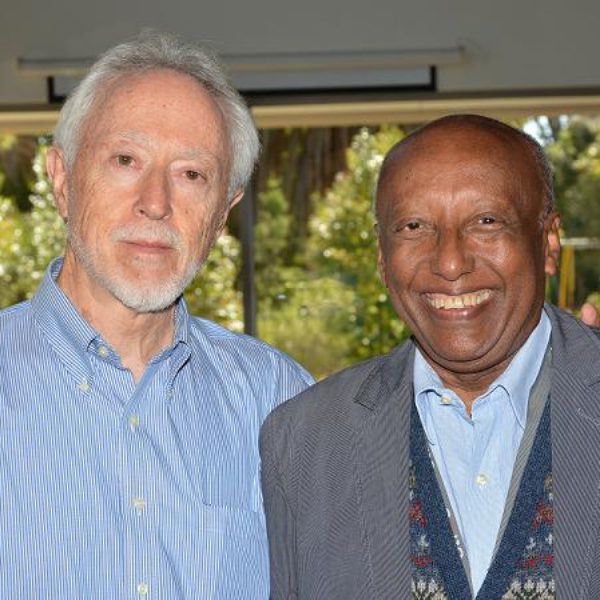Africa is known for its rich biodiversity, particularly in higher plants. African societies have had and still have very elaborate ethnobotanical and ethnomedical history. Some of the earliest (pre-historic) evidences come from Egypt can be traced to 3500 years. One of the fascinating records of a medical nature is Ebers papyrus, discovered among archeological finds in Luxor in 1873, the old capital of Egypt and written in Egyptian hieroglyphics, a language that combines logographic, syllabic and alphabetic elements. Though the translations need to be taken with caution, the plant medicines mentioned in the Ebers Papyrus include opium, colchicine, cannabis, myrrh, frankincense, fennel, cassia, senna, thyme, henna, juniper, aloe, linseed and castor oil. Cloves of garlic have been found in Egyptian burial sites, including the tomb of Tutankhamen and in the sacred underground temple of the bulls at Saqqara (Aboelsoud, 2010).
For many centuries (particularly during 1400-1900) European explorers travelled to the South continents, Africa, Central and South America, Australia, the Indian subcontinent and surrounding islands and countries and recorded indigenous cultures and practices. The European pharmaceutical industry greatly benefited from these reports. The discovery of quinine from the bark of the Cinchona tree sourced from South America is a classic and well-known example. Other, less known examples from the continent of Africa include the miracle plant that is now the source of the sweetner miraculin recorded by Chevalier des Marchais who travelled extensively in the west coast of Africa, the West Indies and the northwest coast of South America. Xysmalobium undulatum (Uzara) described in 1909 by the German soldier Heinrich Wilhelm Adolph Hopf (1887–1929) and commercially used in Germany to treat diarrheal diseases. A major effort by Europeans has been focused on the constituents of arrow poisons which led to the discovery of drugs like strophantin and ouabain for treating heart conditions.
The scope of the project will cover all commercially relevant phytochemicals of African origin.



